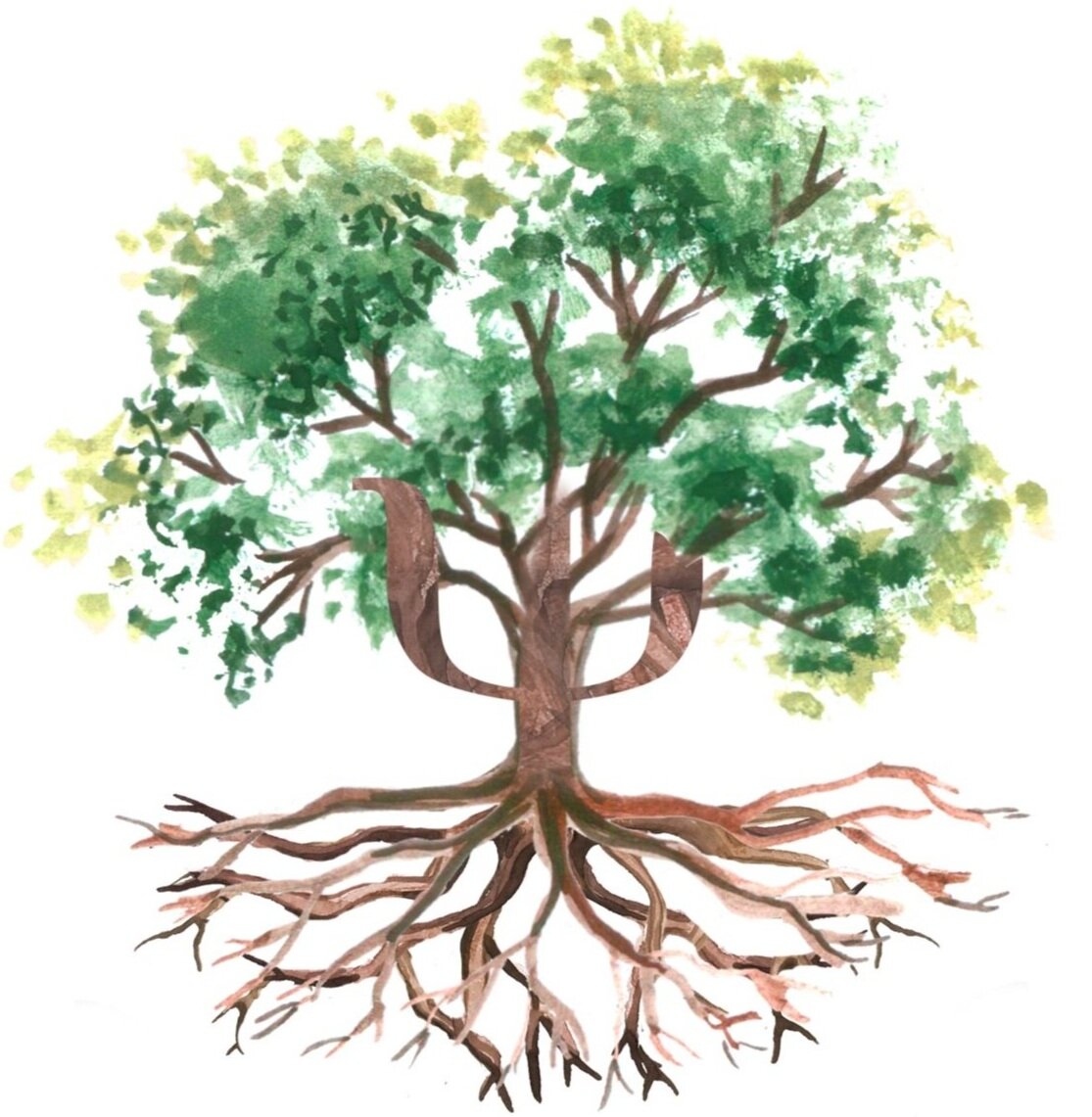NEURODEVELOPMENTAL DISORDERS
Specific Learning Disorder (SLD)
Dyslexia, dyscalculia, and dysgraphia — we might have come across these terms from time to time.
Are they somewhat similar? Well, they do fall under an umbrella term known as specific learning disorders (SLDs).
But what exactly are their distinctions?
Before we get started on what dyslexia is, here’s a mini activity!
Was that a slow and difficult experience? Throw in a time limit, long paragraphs of symbols, pressure and expectations from teachers and parents to “work harder”, and teasing from peers, and it is still only a fraction of what goes on in a child with dyslexia.
What is Dyslexia?
Dyslexia is a neurodevelopmental learning disorder of inaccurate or slow and effortful word reading. It may also include difficulties spelling and understanding the meaning of what is read, despite normal intellectual functioning for their age.
Dyslexia involves difficulties decoding (i.e, breaking words into parts rapidly enough to read the whole word) and reading single small words. Consequently, there’s trouble learning basic sight words, especially those that are phonetically irregular (e.g., the, who, laugh), which calls for memorisation. This might lead to certain errors:
Ψ changing the sequence of letters as they appear (e.g., p to q);
Ψ making sequential errors when arranging letters (e.g., was -> saw; scared -> sacred);
Ψ omitting a letter or syllable in reading (e.g., reading ‘selection’ as ‘section’); or
Ψ reading a letter in its inverted form (e.g., reading ‘u’ and ‘n’).
Other signs include avoidance of activities that involve reading, problems with finding the right word, difficulty forming answers to questions or an inability to attempt pronouncing an unfamiliar word.
How do I support a child with Dyslexia?
Effective techniques aid in strengthening the brain’s ability to link letters to sounds. These techniques include manipulating phonemes, building vocabulary, increasing comprehension, and improving fluency. To increase fluency, you could try to teach reading and spelling together — not only does this help them to spell the words they’re reading correctly, it also trains their phonological abilities.
It’s also helpful for the child to read widely. Take turns reading books aloud together, re-reading favorite books from time to time and talking about them together. This will boost the child’s comprehension skills and build gradual independence when they’re reading.
Credit: TED-Ed (Kelli Sandman-Hurley)

